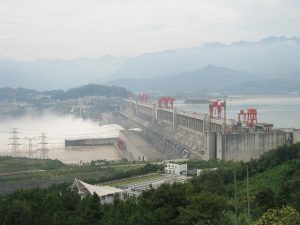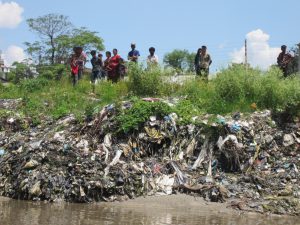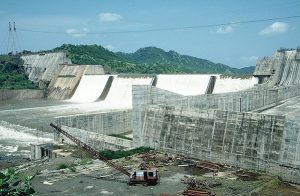The Chinese government has put the river before a dam. In a decision made public yesterday, China’s Ministry of Environmental Protection (MEP) has prohibited the proposed Xiaonanhai Dam and any future dam projects on the last stretch of free flowing water on the Yangtze River.
The Xiaonanhai dam controversially involved redrawing the boundaries of the Yangtze Native Fish Reserve, which supports hundreds of rare and endangered species of fish.
Xiaonanhai’s reservoir would have converted miles of the Yangtze from a swiftly flowing river into a stagnant lake, conditions that can’t support most of the species the reserve was intended to protect.
The cost of development and unprecedented dam building in the Yangtze River Basin has become increasingly clear. In 2013, WWF China declared that the Yangtze was on the brink of ecological collapse after finding that only 17 of the 143 fish species could be found in the upper reaches of the river (known as the Jinsha). With six mega dams already built, three under construction and another 15 planned, the rejection of Xiaonanhai is a welcome reprieve for China’s mother river.
Chinese environmental NGOs have welcomed the government’s decision, particularly the recognition that Xiaonanhai dam would have pushed the Yangtze fish reserve past the river’s “ecological red line”.
Environmentalists have been lobbying for nearly six years to scrap the project, which could have wiped out several endangered fish species, including the Chinese sturgeon and Chinese paddlefish.
Read also: the story of the Xiaonanhai dam
Zhang Boju, director of China’s first environmental NGO – Friends of Nature said, “We feel heartened by MEP’s decision, which demonstrates its concern about the ecological environment of Yangtze River and its efforts to defend the ecological red line. We sincerely hope the document released by MEP will be fully implemented.”
Unfortunately, it is still rare to see China’s decision-makers act courageously to prioritise the protection of China’s ecological assets for the benefit of future generations. However with the huge environmental costs of China’s development being tallied – including as the world’s bigger dam builder – much more of this courage is needed.
The victory comes with a caveat. The ban on further construction of the Xiaonanhai dam was not announced formally, but slipped into the approval documents for the Wudongde dam, further upstream on the Jinsha – though construction of the dam actually began last year.
In its approval letter the ministry warned the Wudongde dam will also cause irreversible impacts downstream, blocking migration of fish and exacerbating the risk of extinction of rare fish species. Wudongde also lies in one of China’s most active geological zones, where earthquakes and landslides are major risks associated with dam building.





